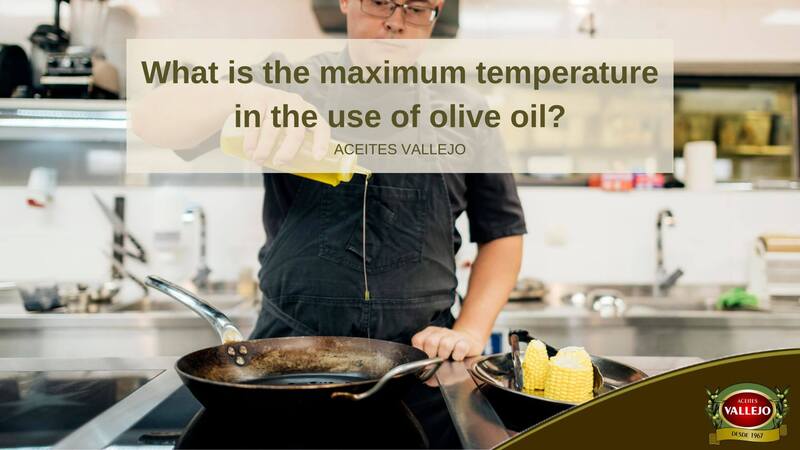Olive Oil Smoke Point: Understanding this crucial aspect of cooking with olive oil is key to achieving delicious results and ensuring food safety. Different types of olive oil—extra virgin, virgin, and refined—possess varying smoke points, significantly impacting their suitability for different cooking methods. This article delves into the science behind olive oil’s smoke point, exploring the factors that influence it and providing practical guidance for safe and effective cooking.
From the impact of storage conditions and acidity levels to the visual cues indicating when an oil is nearing its smoke point, we’ll cover everything you need to know to choose and use olive oil correctly. We’ll also dispel common misconceptions and provide a comprehensive cooking guide tailored to each olive oil type. Learn how to maximize the flavor and health benefits of olive oil while avoiding potential risks associated with overheating.
Olive Oil Smoke Points: A Comprehensive Guide
Understanding the smoke point of olive oil is crucial for achieving optimal flavor and maximizing its health benefits. Different types of olive oil have varying smoke points, impacting their suitability for various cooking methods. This guide delves into the factors influencing smoke points, provides practical cooking guidelines, and addresses common misconceptions.
Olive Oil Types and Smoke Points

Source: aceitesvallejo.com
The smoke point of olive oil is significantly affected by its type and processing method. Extra virgin olive oil, prized for its flavor and health benefits, generally has a lower smoke point compared to refined olive oils. This is due to the presence of more polyphenols and other compounds in extra virgin olive oil.
| Type | Smoke Point (°F) | Smoke Point (°C) | Typical Uses |
|---|---|---|---|
| Extra Virgin Olive Oil | 375-420 | 190-215 | Salad dressings, finishing dishes, low-heat cooking |
| Virgin Olive Oil | 375-405 | 190-207 | Similar to extra virgin, suitable for low to medium heat cooking |
| Refined Olive Oil | 465-520 | 240-271 | High-heat cooking, frying |
Factors such as the olive variety, growing conditions, and processing techniques also contribute to variations in smoke points.
Factors Affecting Olive Oil Smoke Point

Source: pngwing.com
Several factors influence the smoke point of olive oil, impacting its stability and suitability for cooking. Understanding these factors is essential for maximizing the quality and safety of your cooking.
- Storage Conditions: Exposure to heat, light, and air can degrade olive oil, lowering its smoke point. Storing olive oil in a cool, dark, and airtight container is crucial for maintaining its quality and high smoke point.
- Acidity Level: Olive oils with higher acidity levels tend to have lower smoke points. This is because free fatty acids are more susceptible to oxidation and breakdown at lower temperatures.
- Other Factors: The presence of certain compounds like polyphenols, which contribute to the flavor and antioxidant properties of olive oil, can also influence the smoke point. While generally lowering it, they also contribute to its health benefits.
Cooking with Olive Oil: Smoke Point Considerations
Selecting the right type of olive oil for different cooking methods is crucial for achieving the best flavor and preventing potential health risks.
- Low-heat cooking (salad dressings, marinades): Extra virgin olive oil
- Medium-heat cooking (sautéing, baking): Virgin olive oil or a blend of extra virgin and refined olive oil
- High-heat cooking (frying, deep frying): Refined olive oil
Using olive oil beyond its smoke point leads to the formation of harmful compounds, including acrolein, which has been linked to various health problems. The oil also loses its flavor and nutritional value.
To prevent olive oil from reaching its smoke point, use appropriate cooking temperatures, avoid overcrowding the pan, and ensure the oil is properly heated before adding ingredients.
Visual Representation of Smoke Point, Olive Oil Smoke Point
When olive oil reaches its smoke point, it undergoes distinct visual changes. A thorough understanding of these changes is crucial for safe cooking practices.
Understanding olive oil’s smoke point is crucial for healthy cooking; exceeding it produces harmful compounds. This knowledge is as important as finding a responsible pet owner, which is why checking resources like craigslist knoxville pets for your furry friend is vital. Returning to olive oil, using the right type at the correct temperature ensures both flavor and safety.
The oil will initially shimmer slightly, then begin to produce a wisp of thin, bluish smoke. The color may darken slightly, and the texture may become more viscous. If the smoke becomes dense and white, the oil is significantly past its smoke point, and should be discarded.
To safely handle olive oil during cooking, monitor the temperature closely, and avoid overheating. If smoke appears, immediately reduce the heat or remove the oil from the heat source.
Misconceptions about Olive Oil Smoke Point
Several misconceptions surround the smoke point of olive oil. It’s important to differentiate between smoke point and flash point, and to select the right oil for the intended use.
A common misconception is that all olive oils have the same smoke point. This is incorrect, as different types and processing methods significantly impact the smoke point. Another misconception is confusing smoke point with flash point—the temperature at which the oil ignites. The smoke point is significantly lower than the flash point.
Choosing the right olive oil involves considering its smoke point and intended use. For low-heat applications, extra virgin olive oil’s flavor profile is ideal. For high-heat cooking, refined olive oil’s higher smoke point is essential for safe and effective cooking.
Closing Notes
Mastering the art of cooking with olive oil hinges on understanding its smoke point. By recognizing the factors that influence it and following the guidelines Artikeld in this guide, you can confidently select the appropriate olive oil for any cooking task. Remember to prioritize safety by avoiding overheating, and enjoy the rich flavor and health benefits that olive oil brings to your culinary creations.
Safe and delicious cooking awaits!
